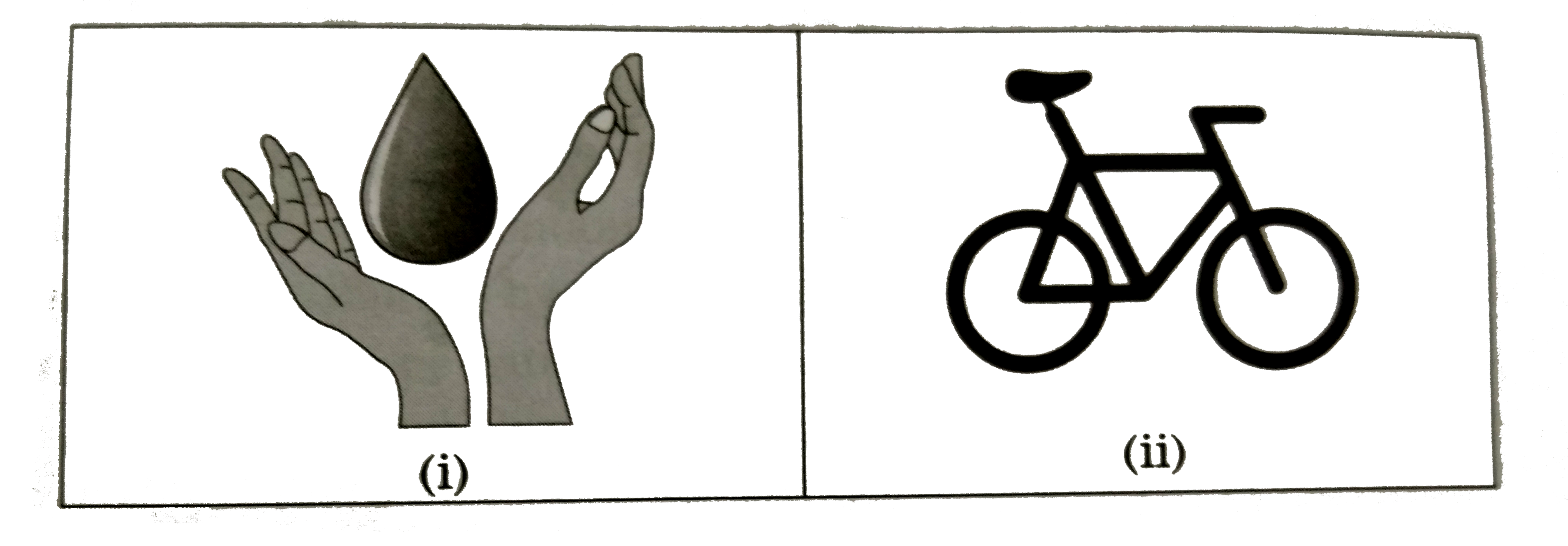Identify the following structures and explain that significance in renal physiology?
(a) Juxtaglomerular apparatus
Text Solution
(a). Juxtaglomerular apparatus :
1. Juxta glomerular apparatus (JGA) is a specialized tissue in the afferent arteriole of the nephron that consists of macula densa and granular cells.
2. The macula densa cells sense distal tubular flow and affect afferent arteriole diameter, whereas the granular cells secrete an enzyme called renin.
3. A fall in glomerular blood flow, glomerular blood pressure and glomerular filtration rate, can activate JG cells to release renin which converts a plasma protein, angiotensinogen (synthesized in the liver) to angiotensin I.
4. This starts off a series of events known as Renin - Angiotensin - Aldosterone system which finally increases the glomerular blood pressure and glomerular filtration rate.
|
Updated on:21/07/2023
Similar Practice Problems
- Question 1 - Select One
Juxtaglomerular apparatus is made up of
Ajuxtaglomerular cells, macula densa and lacis cellsBjuxtaglomerular cells, lacis cells and myoepithelial cellsCjuxtaglomerular cells, macula densa and argentaffin cells.DNone of the above - Question 1 - Select One
Juxtaglomerular apparatus is made up of
Ajuxtaglomerular cells, macula densa and lacis cellsBjuxtaglomerular cells, lacis cells and myoepithelial cellsCjuxtaglomerular cells, macula densa and argentaffin cells.DNone of the above
Similar Questions
(a) Identify the following symbols and state their significance :
 View Solution
View SolutionIdentify the following symbols and state their significance :
 View Solution
View SolutionJuxtaglomerular apparatus is made up of
View SolutionWhich one is not in contact with juxtaglomerular apparatus?
View SolutionWhich one is not in contact with juxtaglomerular apparatus?
View SolutionAll of the following structures are situated in the renal cortex except -
View SolutionState the position and function of juxtaglomerular apparatus.
View SolutionState the position and function of juxtaglomerular apparatus.
View Solution

